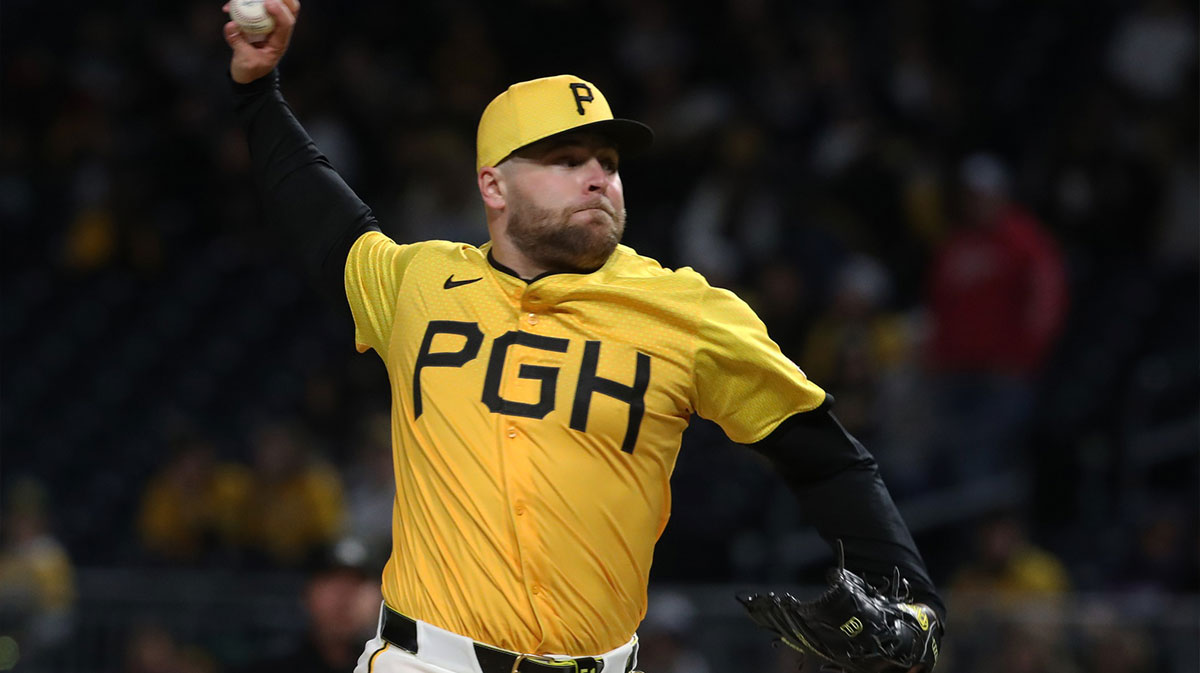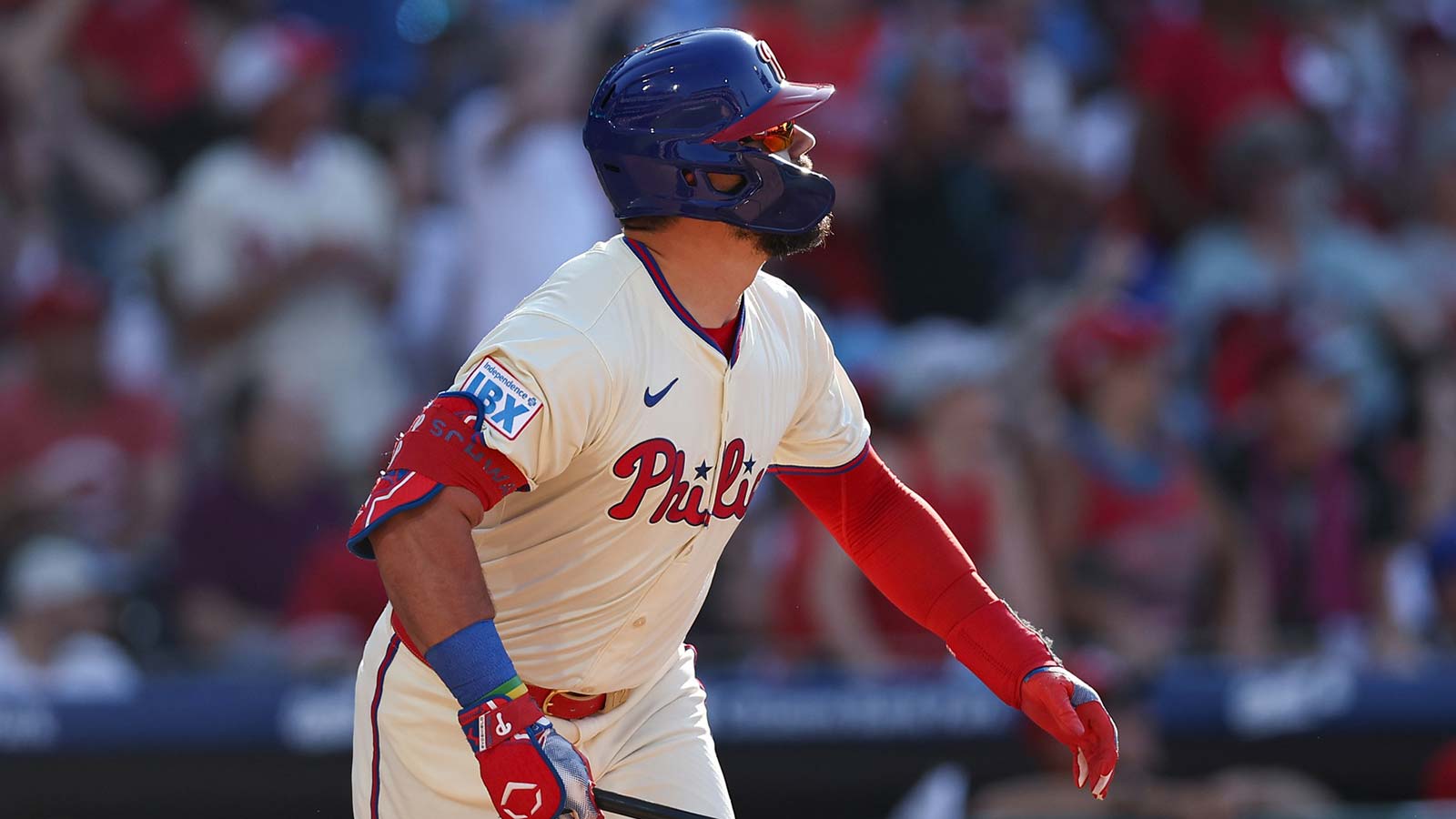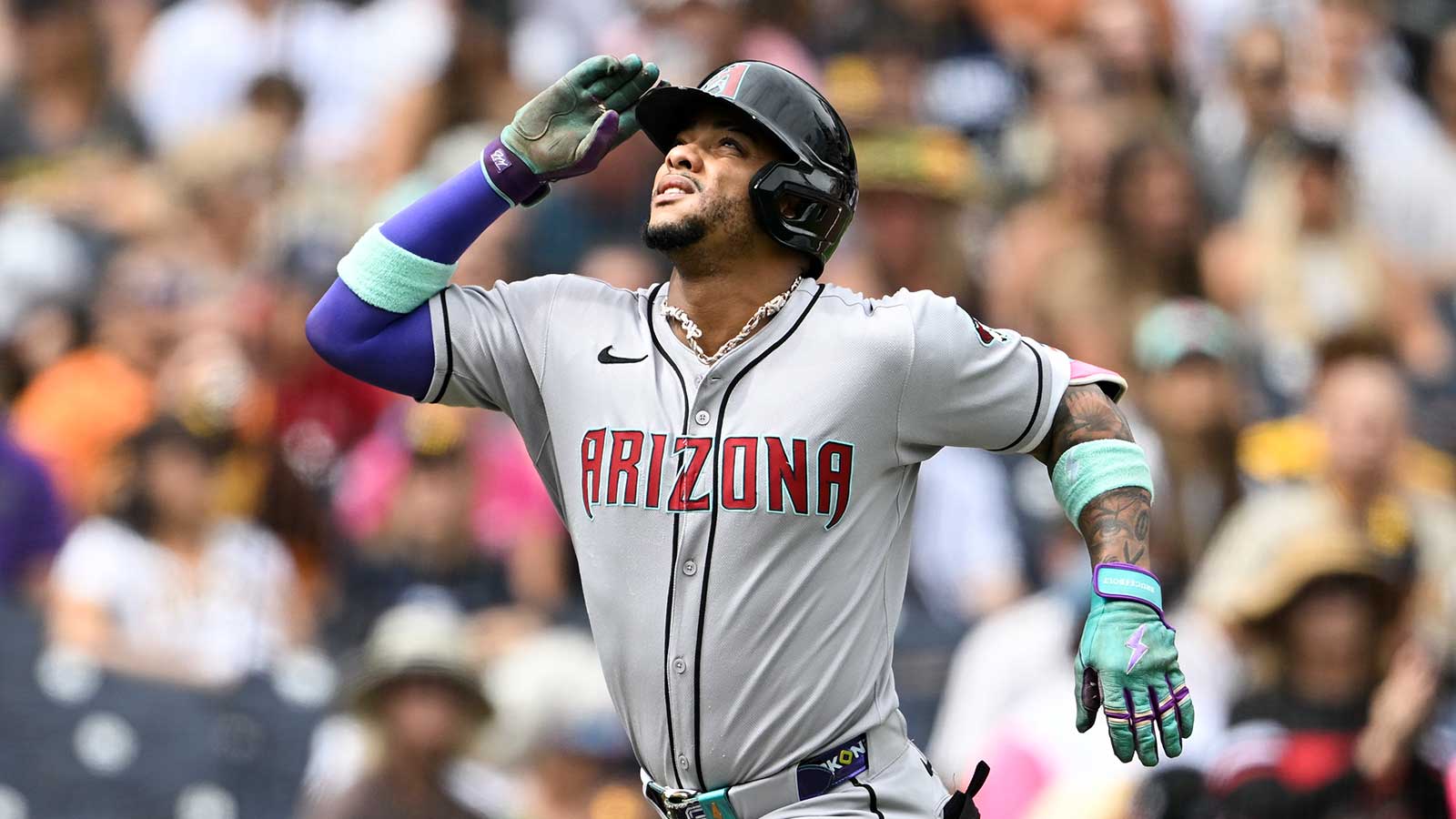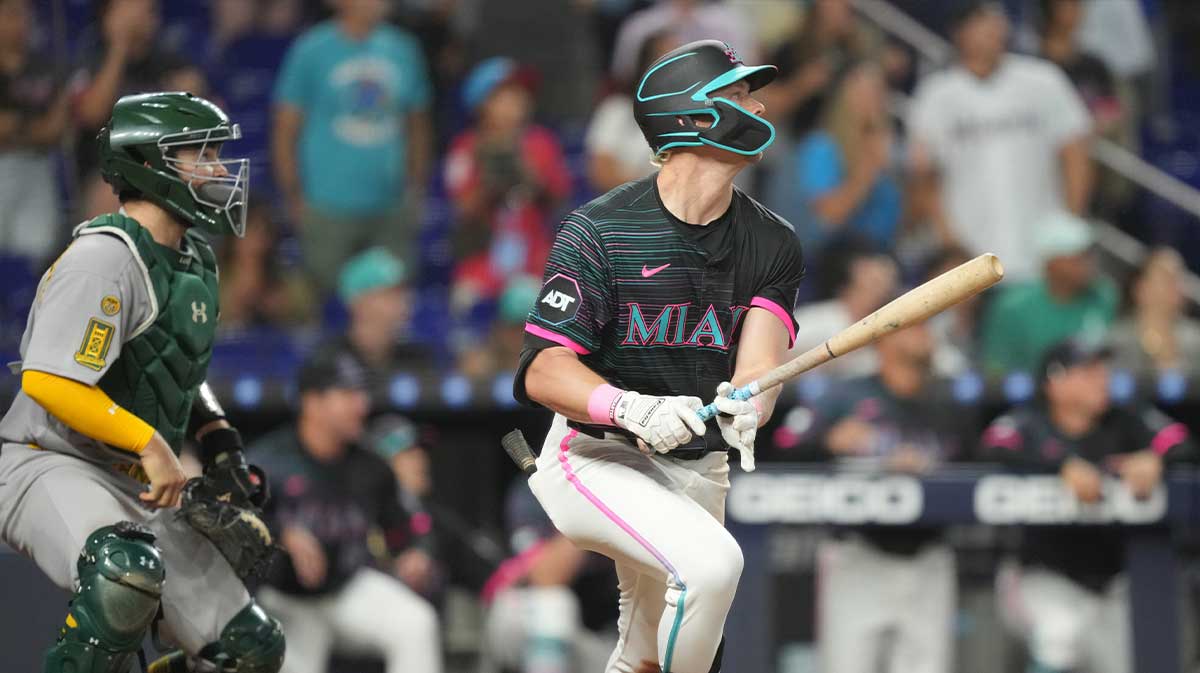As the 2025 MLB season unfolds, the Pittsburgh Pirates find themselves in a familiar position: brimming with young talent, yet still searching for the right formula to vault from rebuilding to contending. Despite the emergence of Paul Skenes as a bona fide ace and the anticipated arrival of top pitching prospect Bubba Chandler, the Pirates’ roster remains incomplete, particularly on the offensive side. With a 17-34 record before June and a payroll that still ranks near the bottom of the league, the front office faces a pivotal decision as the trade deadline approaches. If the Pirates are to accelerate their timeline and capitalize on their burgeoning pitching core, they must be bold. That means trading closer David Bednar before the 2025 deadline.
The Case for Trading David Bednar

David Bednar, the 30-year-old All-Star closer and Pittsburgh native, has been a stalwart in the Pirates’ bullpen since arriving in 2021. He’s posted multiple seasons with an ERA under 3.00 and has proven capable of handling the ninth inning under pressure. Bednar’s combination of power stuff, local roots, and team control through 2026 make him both a fan favorite and a premium asset on the trade market.
However, for a rebuilding team like the Pirates, elite relievers are a luxury. Closers have the most value to contenders, and Bednar’s age and service time don’t perfectly align with the Pirates’ competitive window, which is still a year or two away. With Skenes, Chandler, and Thomas Harrington forming a young, cost-controlled rotation, Pittsburgh’s greatest need is impact bats, especially at catcher, first base, and the corner outfield. Trading Bednar now, when his value is at its peak, could net the Pirates a package of high-upside prospects or young MLB-ready hitters to balance their roster for the future.
Relievers are notoriously volatile, and while Bednar has been durable and consistent, the risk of regression or injury is ever-present. The Pirates have a history of converting young arms into effective bullpen pieces, and with the depth of pitching prospects in their system—Chandler, Harrington, Braxton Ashcraft, and more, they can absorb the loss of Bednar in the short term. By moving Bednar, the Pirates follow the model set by other rebuilding clubs: maximize the value of relievers before their price drops.
Moreover, the 2025 trade market is expected to be robust for late-inning arms. Several contenders, such as the Dodgers, Yankees, and Phillies, are likely to be aggressive buyers, desperate for bullpen stability down the stretch. This competition can drive up the price, allowing the Pirates to target premium position-player prospects who can be part of their next playoff roster.
The Trade Proposal
The Los Angeles Dodgers, perennial contenders with a loaded farm system, stand out as the ideal trade partner. Their bullpen has been an area of concern, and they have the prospect capital to meet Pittsburgh’s demands. Here’s a trade proposal that could reshape the Pirates’ future:
Pittsburgh Pirates receive:
-
Dalton Rushing (C, Dodgers No. 2 prospect, MLB Pipeline Top 50)
-
Josue De Paula (OF, Dodgers Top 5 prospect)
-
XRonan Kopp (LHP, Dodgers Top 15 prospect)
Los Angeles Dodgers receive:
- David Bednar (RHP, All-Star closer)
Dalton Rushing immediately becomes the Pirates’ catcher of the future, boasting power and plate discipline that could anchor the middle of the order. Josue De Paula, a 19-year-old outfielder with advanced on-base skills and projectable power, fits the Pirates’ timeline and need for high-upside bats. Ronan Kopp adds another left-handed arm to the system, providing depth and potential as a future starter or high-leverage reliever.
The Dodgers acquire a proven closer in Bednar, addressing a glaring need as they push for another World Series. With Will Smith entrenched at catcher and a surplus of young outfielders, Los Angeles can afford to part with Rushing and De Paula to secure the back end of their bullpen for multiple playoff runs.
Trading Bednar is not without risk. The Pirates’ bullpen would lose its anchor, and the move could be unpopular with fans who value his local ties. However, the long-term benefits outweigh the short-term pain. By acquiring multiple top-100 prospects, the Pirates inject their system with premium talent at positions of need. Rushing could debut as soon as 2026, while De Paula’s upside gives Pittsburgh a potential star in the outfield. Kopp’s presence ensures the pitching pipeline remains strong.
This trade also signals to the rest of the league, and to Pirates fans, that the front office is committed to building a sustainable contender. Rather than clinging to assets out of sentimentality, Pittsburgh would be making a calculated, forward-thinking move that aligns with their competitive window.



















